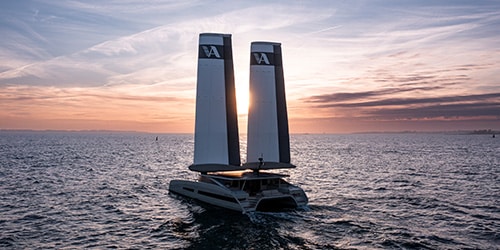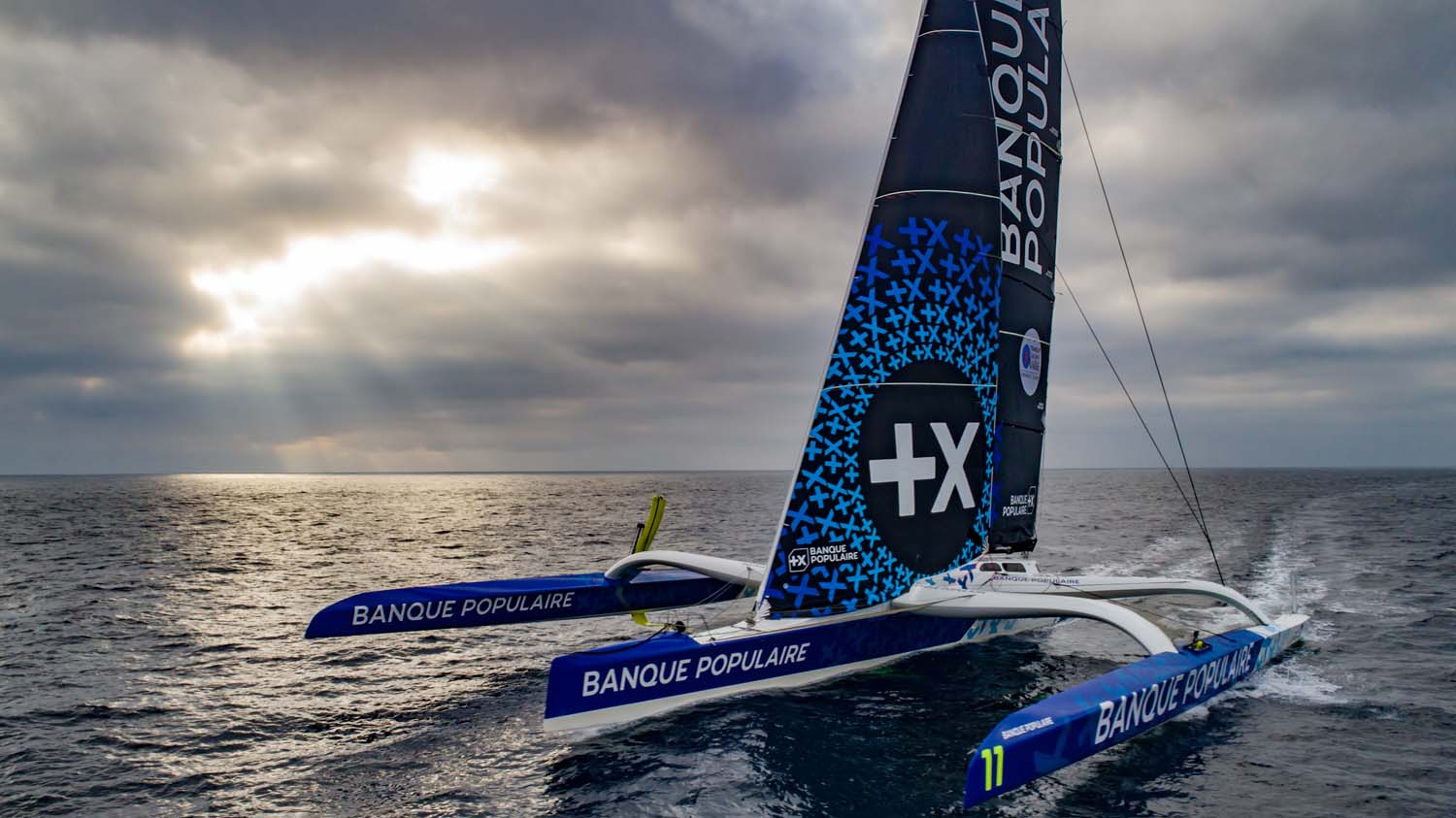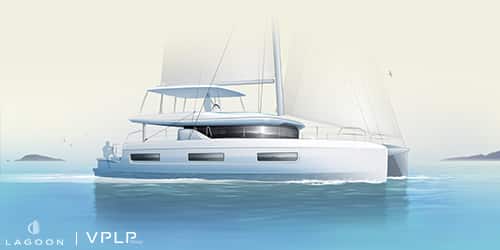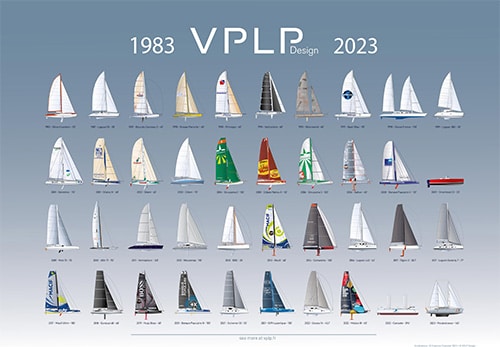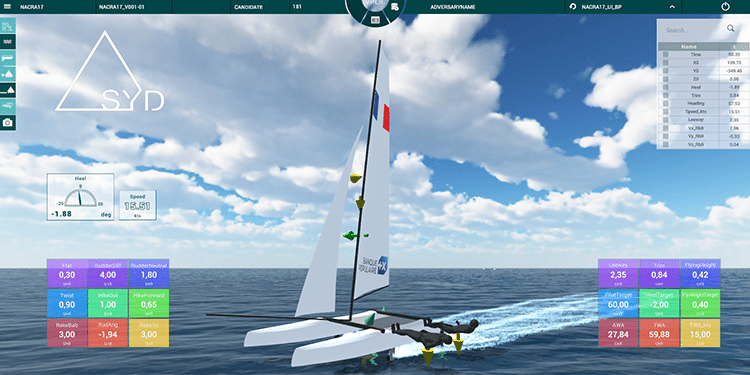Launched on 27 April after a two-year build at CDK Technologies, the Maxi Banque Populaire XI impresses with carefully crafted aerodynamics and significantly larger foils. Based on Banque Populaire IX, Armel Le Cléac’h’s latest Ultim rises more easily but is also heavier… Xavier Guilbaud, naval architect in charge of the project at VPLP Design, walks us through this paradox.
With only three years separating them, it’s difficult not to compare Maxi Banque Populaire XI with her predecessor, especially as she shares the same hull lines and rigging – even if, unlike the floats, the hull has been redesigned. “The design brief began five years ago with Armel’s previous Ultim,” says Xavier Guilbaud. “We weren’t starting out with a blank page and, despite the structural issues which led to the major incident in the 2018 Route du Rhum, the boat was more or less ready to go. Nevertheless it was obvious to us that we really had to get it right. So we kept everything that worked well and developed what could be improved. We drew what lessons we could from what happened in the Route du Rhum and analysed all the feedback we received from the team which had spent several months sailing with her.”
Dual internal structure in the beams
Designed in collaboration with GSea Design, the structure has been bulked up in accordance with the lessons learned from the previous boats. The conception of the forward beam has also been revised. “Traditionally, the after face of the beam absorbs the flexural stress while the fairing soaks up the torsional pressure of the platform. However this time we have given the beams a dual internal structure which absorbs both stresses simultaneously. The fairing contributes to the structure, obviously, but it isn’t essential. If it gets damaged, the boat would retain its structural integrity and would be able to reach a haven safely,” says Xavier Guilbaud.
The notable increase in speeds compared to the previous generation of maxi-trimarans, especially when beating in heavy seas, means the fairings had to be reinforced as they are subject to significant stresses. On BP XI, their capacity for shock absorption has been increased twofold. “A boat like Idec Sport (formerly Groupama 3) is limited to 18 knots heading into the wind and waves, whereas the new Ultims can make 30 knots,” says Xavier. “On Banque Populaire XI the carbon-fibre panels of the beams are designed to withstand 50 tonnes per square metre. For comparison, Idec Sport was sized for 20 t and Banque Populaire IX and Actual Ultim (formerly Macif) for 30 t.
A deliberate increase in mass
It turns out that the weight increase is significant, but this was deliberate. Maxi Banque Populaire XI weighs in at 16 tonnes, but she also rises more easily than her predecessor, thanks in the main to much larger appendices. Because she is faster, her structure will be put under greater stress. The bottoms of the floats have also been strengthened to compensate for the slamming they experience when they hit the water. Another paradigm shift involved plumping for a solid glass layup combined with a web of battens rather than a nomex core, as previously used.
Not only has the conception evolved, the techniques are progressing continuously. Beams, float mountings and bilges are all now fitted with fibre-optic cables. Data acquisition is an integral part of the daily routine for these Ultims, requiring considerable resources in the team to analyse the millions of pieces of information generated by every outing. At sea, the skipper is concerned primarily with crunching other types of numbers, but he can always be alerted by alarm when one of the sensors goes offline. This is usually a signal for the skipper that he’s pushing his charge too hard and it’s time to slow down…
